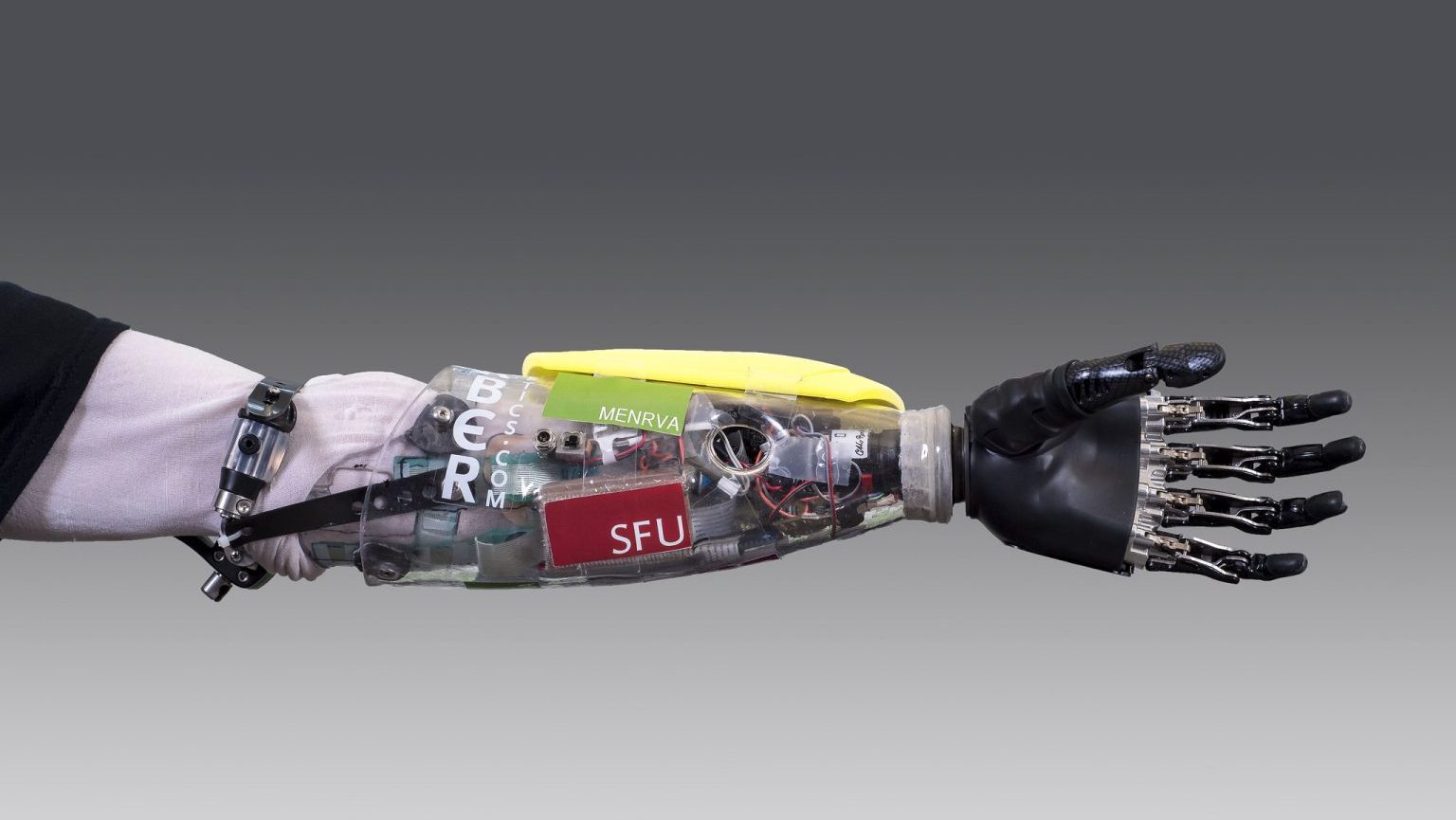Neuromarketers Know You Better Than You Know Yourself

What do you think of the advertisement below? Does it warm your heart? Does it bore you? Perhaps the answer depends on whether you’re a parent, or even more specifically, a mother. It turns out that on average, regardless of age, gender, marital status and income level, this P&G advertisement registers high on eliciting feelings of warmth and love in people watching it.
Why is that important? Because even if you’re not aware of it, you have now unconsciously associated the trust and warmth of a mother-child relationship with the brand P&G.
Corporations desperately want to fill you with such fuzzy feelings and the customer loyalty they bring with them. In order to find the perfect advertisement, companies meticulously analyze the reactions of test groups. In the 20th century, researchers would ask test viewers questions on how they felt about a product after seeing an advertisement. Today, researchers don’t ask questions. After all, people sometimes lie, and often don’t even realize what they want. No, survey answers are unreliable predictors of how someone will act when confronted with a choice to use a brand.
There is a much better way to assess someone’s relationship with a brand: seeing how the body reacts. Our body betrays our deepest reactions, needs, and desires. When we see someone we find physically attractive, our heart races and our pupils dilate. If we are nervous, our voice trembles and our armpits begin to sweat. If one could measure the body’s reaction, one could accurately assess the effect of a marketing campaign. Indeed, researchers now do exactly that. They measure vital signs such as muscle response, skin temperature, and pupil dilation in sample groups; and subject testers to fMRIs and note all the variations in brain activity as the advertisement is played again and again.
Based on the data observed, the advertisement is rated on a scale from 1-1000. If the advertisement scores below 200, then viewers will dislike it, and it will have to be tweaked. If it scores over 500, then the advertisement will reach the “heart” of the viewer and is deemed a success. The advertisement above, for instance, always receives a score of above 500 in sample tests.
Understanding your subconscious desires, needs and reactions, and then playing upon them for profit is the goal of an emerging field known as neuromarketing. Neuromarketing examines brain activity and sensorimotor responses to glean what you may not acknowledge even to yourself: just how much you like or dislike a particular campaign. Today, this assessment is based on how a sample group responds to campaigns. But it is not difficult to imagine a future when sensors in your TV observe the dilation of your pupils as you react to an advertisement, and send this information back to the sponsor. Already, the neuromarketing company Neurofocus is developing billboards that follow the movement of your gaze, jotting down where it rests for a trillionth of a second more to tweak and improve marketing messages. As sensors become ubiquitous and can observe our every move, companies will increasingly create personalized marketing campaigns for each of us.
Neuromarketing is not of interest to corporations alone. Politicians also compete for attention and the votes and funds it brings. In Wired, Darryl Howard, advisor to two winning Republican campaigns, explains how neuromarketing advertisments like the one by P&G “bypass the linear-logic brain and register in the emotion-tied-to-decision-making part of the brain,” and thus are most effective at capturing the attention of the viewer. The rise of neuromarketing is not only a US phenomenon. It is becoming popular globally and was used extensively in the recent Brazilian elections, for example, to tweak campaign messages.
It might be a good idea to consider investing in companies like Lucid Systems which provide high end neuromarketing services. Neuromarketing is coming soon to all areas of life including electing politicians, buying consumer products, and choosing blind dates.
Ayesha and Parag Khanna explore human-technology co-evolution and its implications for society, business and politics at The Hybrid Reality Institute.





